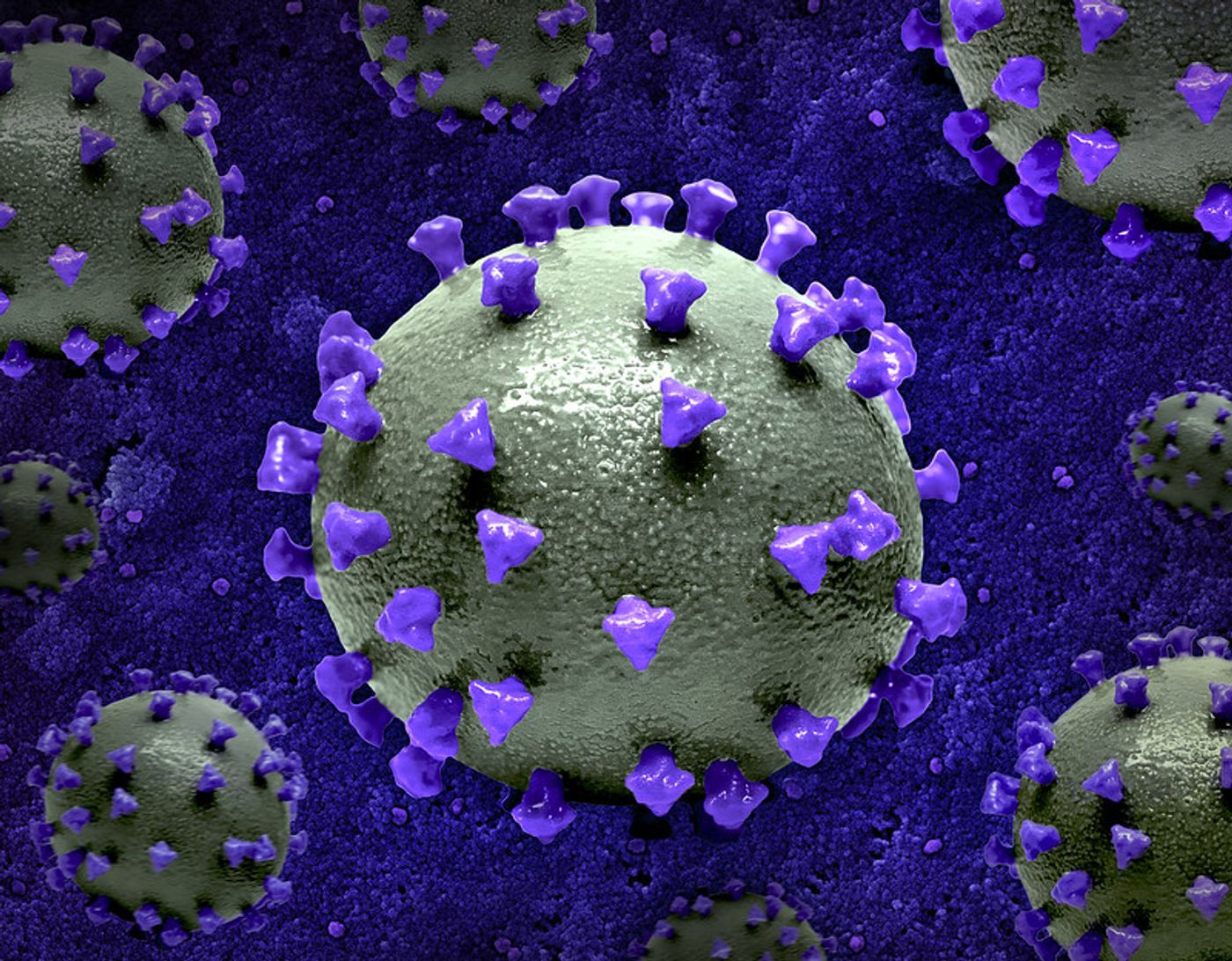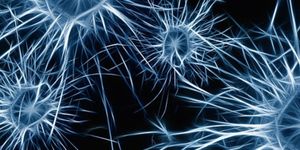
SARS-CoV-2 Infects & Moves Through Neurons in the Brain
Since the emergence of the pandemic virus SARS-CoV-2, researchers have investigated whether the virus is able to infect neurons, particularly those in the brain. Since smell and taste sensations are transmitted by neurons, it was suggested that the loss of those sensations may be related to the infection of neurons. However, as new variants emerged, that loss was less common in people who were newly infected. It was unclear whether this reflected a decreased ability to infect neurons in new viral variants. Now scientists have determined that SARS-CoV-2 variants are able to infect neurons in the central nervous system, and once the virus is there, it can move to a portion of nerve cells called axons, which transmit signals to other neurons. These findings have been reported in Nature Communications.

In this work, an animal model was used to study infections caused by the original SARS-CoV-2 strain, and the variants Delta, Gamma, and Omicron. All of these viruses were able to infect cells in the central nervous system and stay there throughout the acute phase of infection. Inside the central nervous system, the viruses got into the olfactory bulb, a part of the brain that interprets information about smells before they are moved to the cortex of the brain.
The investigators also found a viral gene, called ORF7a, that is associated with smell loss in the original variant. When ORF7a was removed or shortened, such as in certain variants that are less likely to cause anosmia, the loss of smell was less common in infected animals, even while the virus was still infecting the olfactory bulb.
"This suggests that anosmia and neuronal infection are two unrelated phenomena," noted first study author Guilherme Dias de Melo of the Institut Pasteur's Lyssavirus, Epidemiology and Neuropathology Unit.. "If we follow this line of reasoning, it is quite possible that even an asymptomatic, and therefore clinically benign infection is characterized by the spread of the virus in the nervous system."
The scientists used a microfluidic model that contained cells to analyze the infection process more closely. This showed that once the virus was in the neuron, it could move along the axons in any direction. The investigators noted that the virus was using neuronal physiology to move bidirectionally, through axons and the cell body of neurons.
"Through this study, we have characterized the neurotropism of SARS-CoV-2. For all the variants studied, brain infection via the olfactory bulb seems to be a common feature of SARS-CoV-2," said senior study author Hervé Bourhy, head of the Institut Pasteur's Lyssavirus, Epidemiology and Neuropathology Unit.
Now, the researchers want to know whether SARS-CoV-2 and its variants can remain in the brain after the acute phase of infection has subsided, and whether this might induce symptoms observed in long COVID, such as anxiety, brain fog, and depression.
Sources: Pasteur Institute, Nature Communications








